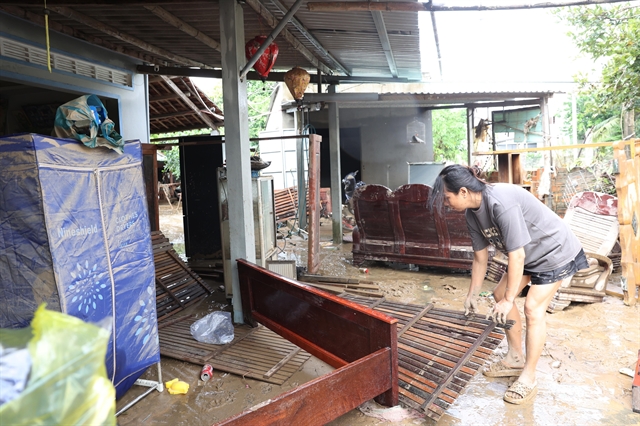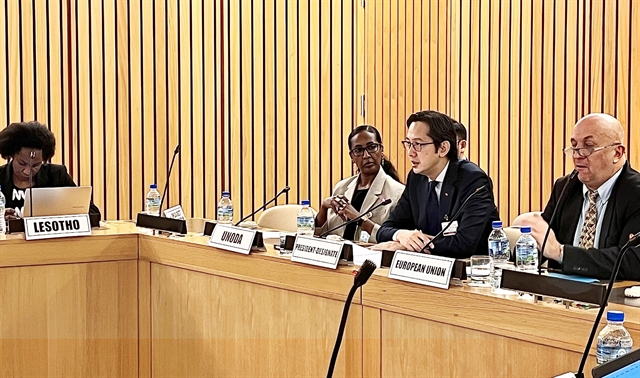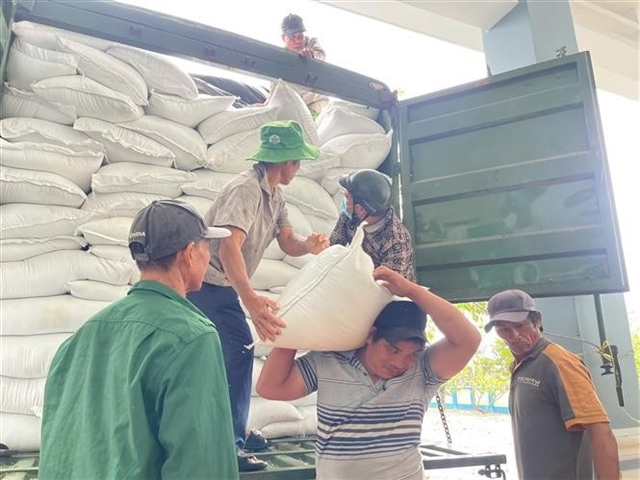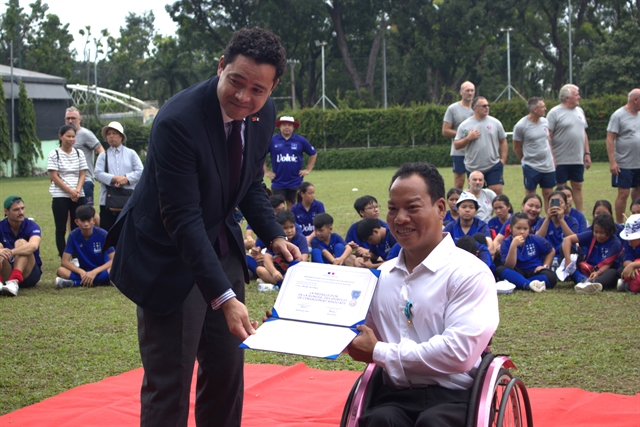 Society
Society

Thousands of Vietnamese children are suffering exploitation and abuse as they are smuggled across Europe.
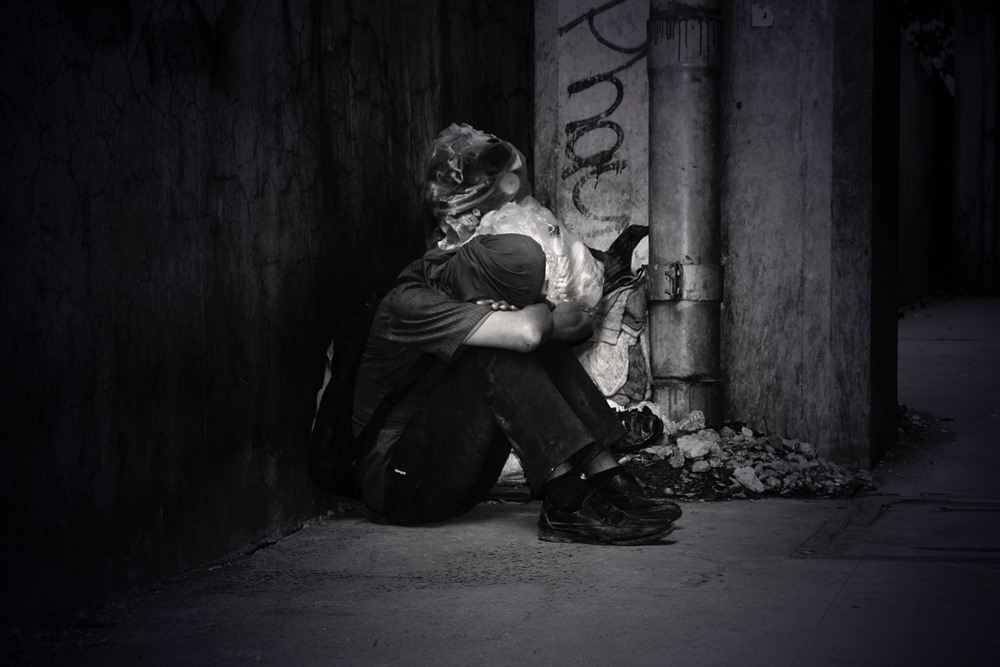 |
| Each year more than 300 children are smuggled into the UK with many ending up being exploited by criminal gangs. — Photo Stock (posed by a model). |
Paul Kennedy
LONDON — A report carried out by charities in the United Kingdom claims thousands of Vietnamese children are suffering exploitation and abuse as they are smuggled across Europe.
The research, conducted by Anti-Slavery International, ECPAT UK and Pacific Links Foundation, alleges different governments across the EU are ‘passing the buck’ when it comes to protecting the vulnerable youngsters.
The study, Precarious Journeys: Mapping Vulnerabilities of Victims of Trafficking from Việt Nam to Europe, traces the journeys made by Vietnamese children and adults to the UK.
Its findings claim the authorities in countries on key trafficking routes fail to protect youngsters from exploitation.
”Under international law, states have a duty to protect children from trafficking and exploitation,” said Debbie Beadle, director of Programmes at ECPAT UK.
“It’s simply not acceptable for states to regard trafficked Vietnamese children as another country’s problem.”
Official figures show hundreds of children are trafficked from Việt Nam to the UK each year, but experts believe the actual number is significantly higher.
Vietnamese nationals regularly feature in the top three nationalities of those identified in the UK as potential victims of trafficking.
In the past 10 years, 3,187 Vietnamese adults and child victims were referred into the National Referral Mechanism.
Jasmine O’Connor, CEO of Anti-Slavery International, said: “We have to stop putting our heads in the sand and address this problem head on, together with other European and non-European countries.
“The extent to which children migrating through Europe in search of a better life are exploited and abused is shocking. By the time, they arrive in the UK, the vast majority have been mercilessly exploited along the way.”
The study reveals children are often taken from Việt Nam to Russia by plane and then overland through Belarus, Ukraine, Poland, the Czech Republic, Germany, the Netherlands and France.
But the report has also revealed a new trend of transit from Việt Nam to Europe via South America.
Beadle of ECPAT added: “Every professional who comes into contact with children across Europe should be able to identify victims and protect children from harm.
“Each country has a responsibility to ensure their frontline staff is trained, equipped and adequately resourced to protect children from trafficking.”
Case study
Dung is from northern Việt Nam. She grew up with her grandparents, never knowing her parents. Her family was poor and Dung didn’t attend school, instead helping her grandparents collect and sort recycling to earn an income. Her grandparents died when she was 14, leaving her alone with no caregiver.
Dung survived by finding work in restaurants, where she would be given food in return for work. Initially, she was too upset to go back to the house she had shared with her grandparents, so she stayed in the restaurant. When she returned to the house after a couple of months, there was a man living there. He said he now owned the house.
Dung went back to the restaurant she had worked and stayed in. The owners didn’t pay her or give her much food. They also beat her. It was in this restaurant that two women who were regular customers befriended Dung.
They said they felt sorry for her and offered to cook her dinner one night, but after eating, Dung started to feel dizzy. She woke up in a house and was told she was in China. There were other women there and they were crying. Chinese men were watching over them and they had knives. Dung was not allowed to talk to any of the other women.
Dung was forced to go on a journey. Over a few weeks, she was driven across Europe in the back of different lorries. They stopped the journey from time to time, but Dung was never aware of which country she was in.
After about a month of travelling, the lorry was stopped by police in France. The police took Dung’s fingerprints and photo. Dung wanted to tell them what had happened to her, but there was no translator and she was scared. The men had said that they would kill her if she spoke.
She was transferred to another police station, where she thought they were helping her, but instead they walked her through a door and she realised that she was being released. When she went outside there was a car waiting for her. Men pulled her into the car. She then was put on another lorry travelling to the UK. In the UK, Dung was kept in a house with other women and forced into sexual exploitation. She was told that she had to earn back the money that was paid to bring her to the UK. — VNS
Three different UK charities compiled the report, which was funded by the UK Home Office Modern Slavery Innovation Fund, part of the British government. The report discovered: · Vietnamese migrants are commonly exploited in garment factories in Europe making counterfeit designer goods · Vietnamese migrants are forced to work on construction sites while waiting for transport into Europe · Drug production and nail bars are the most common industries where Vietnamese migrants are exploited · Some Vietnamese migrants have entered Europe on foot through forest areas · Movement across Europe takes place on land, in cars and lorries · Recycled passports are used to gain entry into Russia · Marketplaces selling Vietnamese goods are often the first stop for migrants as they move across Europe · Many Vietnamese migrants hold a fear of authorities and are afraid to speak out. |

